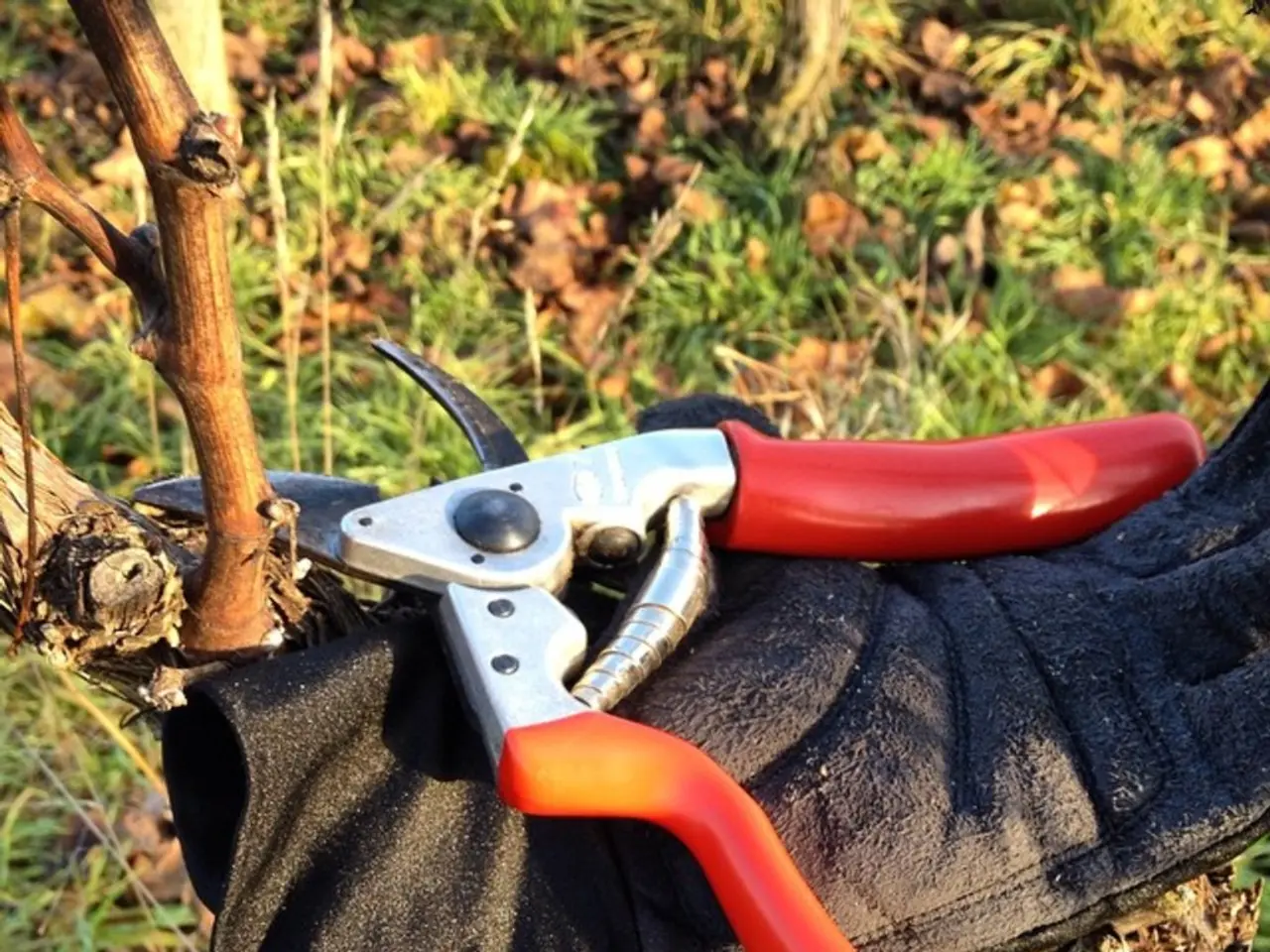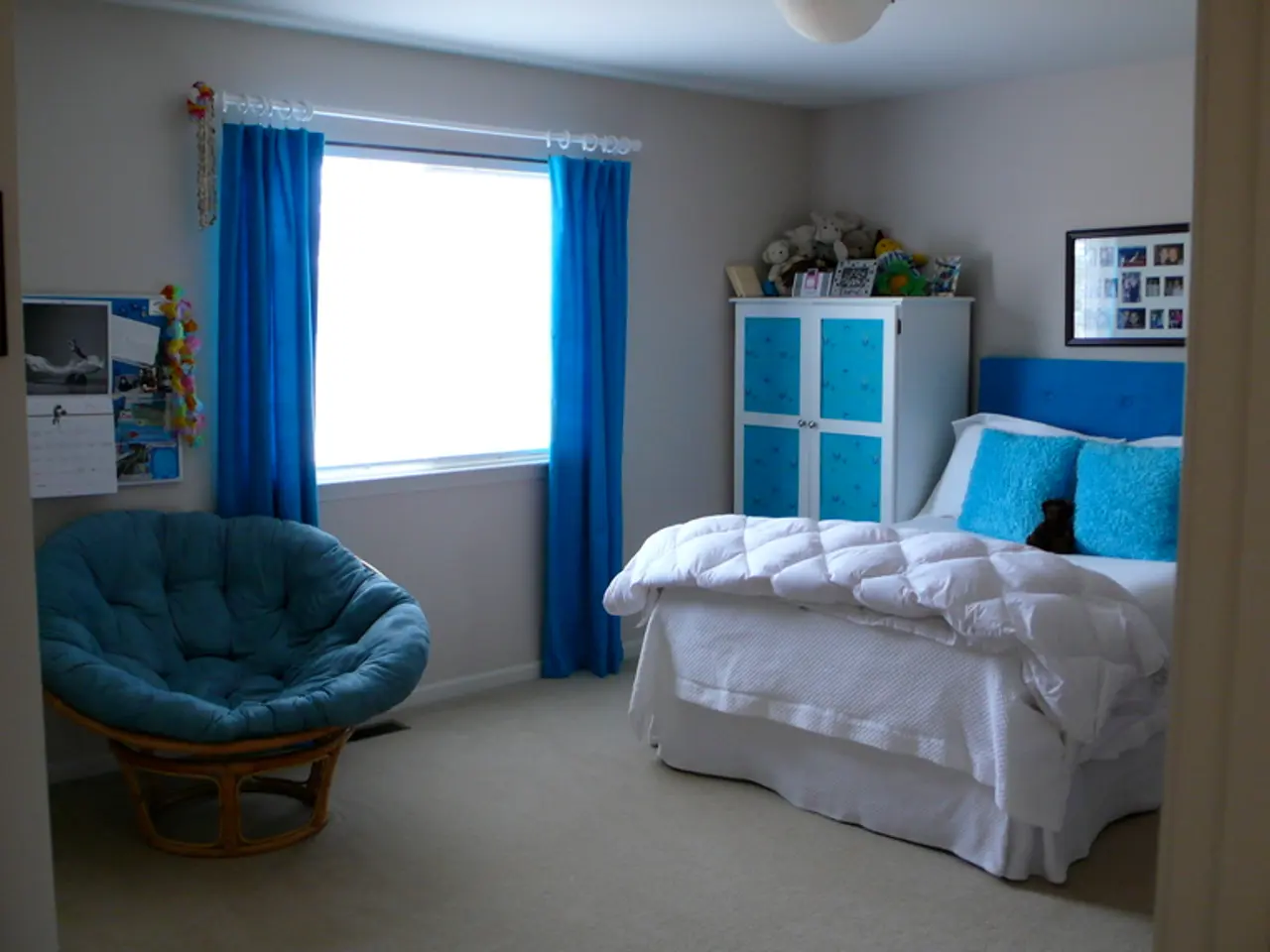Robot population surged by 45 percent
In recent times, Germany has seen a significant surge in the popularity of lawn mowing robots, with sales and revenue soaring by 45% and 64% respectively since last year. This growth can be attributed to the robots' advantages over traditional lawn mowers, such as their ease of use, low noise levels, and eco-friendly operation.
However, this rise in the use of lawn mowing robots has raised concerns among conservationists. Julia Stubenbord, the state animal protection officer in Baden-Württemberg, has noted a significant increase in injured hedgehogs as the popularity of these robots grows.
The concern is that the robots, particularly those operating without adequate sensors during night hours, may pose a threat to nocturnal wildlife such as hedgehogs. To address this issue, some cities in Germany, such as Cologne and Mainz, have already implemented a nighttime ban on these robots. Other cities are currently debating the matter.
Experts, including representatives from BUND and the Leibniz Institute for Zoo and Wildlife Research, have long called for a nighttime ban on these robots. They argue that such a measure would help protect hedgehogs, insects, amphibians, and other animals.
The nighttime ban on lawn mowing robots is not a nationwide policy but rather a municipal one, reflecting urban biodiversity and animal protection priorities. General noise regulations in Germany, known as Ruhezeit, also reinforce these local rules and public expectations around noise and disturbance.
While these bans and regulations aim to protect wildlife, the robots themselves offer several benefits. Unlike gasoline-powered lawn mowers, lawn mowing robots work more efficiently, sustainably, and require less maintenance. This makes them a more attractive option for many homeowners.
The market research firm GfK has provided figures for the sales and revenue of lawn mowing robots in Germany, showing that between January and April of 2023, approximately 110,000 units were sold, generating revenue of approximately 125 million euros.
As the regulatory landscape in Germany evolves around AI and autonomous systems, including lawn mowing robots, safety standards are being developed to address human safety but not explicitly wildlife or bystanders. However, EU directives like the Green Smart Directive encourage ecological preservation, influencing the development of robot algorithms to avoid harming animals.
Experts call for agile and adaptable regulations to keep pace with AI technology's rapid advancement while explicitly addressing animal collision avoidance in autonomous systems. This ensures that the benefits of technology can be enjoyed while minimising potential harm to wildlife.
In conclusion, the rise of lawn mowing robots in Germany presents a unique challenge in balancing technological advancement with wildlife conservation. While the robots offer several benefits, it is crucial to address the concerns raised by conservationists to ensure the safety and well-being of our nocturnal wildlife.
- As more homeowners embrace the use of lawn mowing robots, there is a growing need to consider their potential impact on nocturnal wildlife, such as hedgehogs, insects, and amphibians.
- To strike a balance between technological advancement and wildlife conservation, regulators and technology designers should focus on developing agile and adaptable regulations that include measures for animal collision avoidance in lawn mowing robots.




